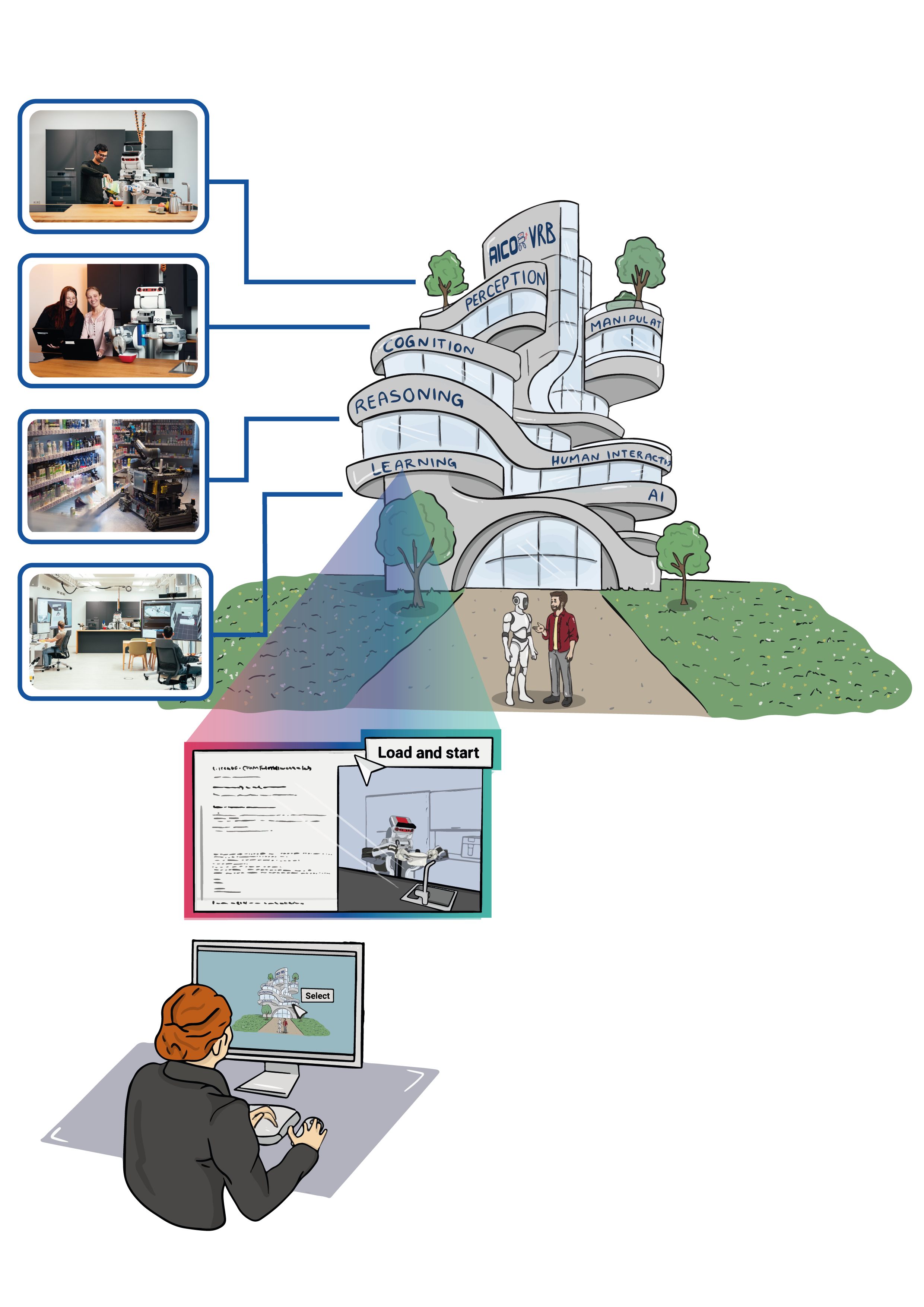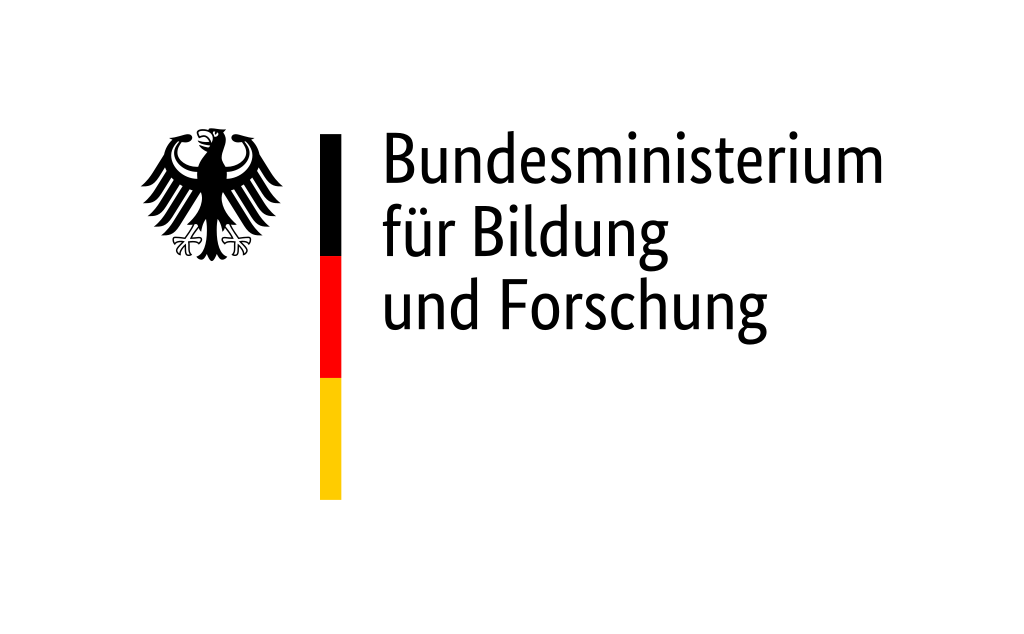This project integrates advanced machine learning techniques with Unreal Engine’s MetaHuman avatars, providing a sophisticated platform for robotic agents to acquire knowledge of everyday activities and object manipulation. As part of the comprehensive Physics-enabled Virtual Demonstration (PVD) framework, this platform utilizes video instructions to facilitate realistic simulations, ensuring that robots can interpret and practice complex tasks in a lifelike, physically governed virtual environment. This methodology not only bridges the gap between theoretical learning and practical execution but also enriches the robotic understanding of human actions, significantly boosting their adaptability and efficiency in real-world scenarios.
DeepActionObserver: Refining Instructions for objects Manipulation Actions
The DeepActionObserver framework addresses the challenge of teaching robotic agents to perform diverse manipulation tasks, amid varying object interactions, tool usage, and environmental conditions. It empowers robots to interpret text instructions and analyze video demonstrations, generating symbolic action descriptions that are enriched and clarified by the video content. This framework combines the strengths of Multi-Task Networks, with their convolutional architectures for object and movement recognition, and Markov Logic Networks, which enhance reasoning through joint probabilities. Together, these technologies synergize to improve the framework’s performance, aligning with advanced cognition-enabled control schemes and effectively simplifying complex task execution for robots.
DeepActionObserver
AvagentIEASim: Avatar Agent Inspect Extrapolate Accomplish Simulator

To enable physics-based simulations, we utilized MetaHuman from the Unreal Engine Simulator. We crafted a proficient whole-body FK-IK solver employing the Control Rig, Unreal Engine’s animation toolkit, to facilitate real-time character animation. We introduced HarmonicNet, a Deep Neural Network tailored for comprehensive body mesh recovery, emphasizing synchronized, feature-aware processing. HarmonicNet tackles the intricate challenge of inferring 3D parameters for the human body, face, and hands from single images. It revolutionizes the understanding of interrelations among body segments, notably enhancing the precision of upper body rotations and orientations.
Physics-enable Virtual Demonstration
We’ve been actively engaged in developing the Physics-enabled Virtual Demonstration (PVD) framework to improve robotics manipulation. PVD, an advanced machine learning tool within a simulated environment, teaches robots and MetaHumans to grasp physics fundamentals, such as gravity and object interactions. Its goal is to enhance the adaptability, efficiency, and safety of robots and MetaHumans through practical exercises that closely mimic real-world conditions. Additionally, PVD’s Human Demonstration feature breaks down human actions into simple instructions, boosting robots’ understanding and planning capabilities, thereby improving task performance and reducing errors.
Virtual Demonstrations through Human Manipulation Observation
Human-Inspired Robotic Action: Sharing and Exploring Knowledge:
Leveraging our framework, the 3D mesh reconstructed from video demonstrations, along with the extracted hierarchical joint orientations, can be shared with other agents possessing nearly similar skeletal structures through joint mapping. As a demonstration, we use the humanoid NAO robot, mapped with human-centric pouring motion data. The experiment goes beyond mere replication of human actions; it delves into the realm of knowledge transfer, where human-inspired techniques are not only shared but also expanded upon within the robotic domain. This exploration paves the way for robots to enhance their interaction with the physical world in tasks that demand a high level of finesse and adaptability.




